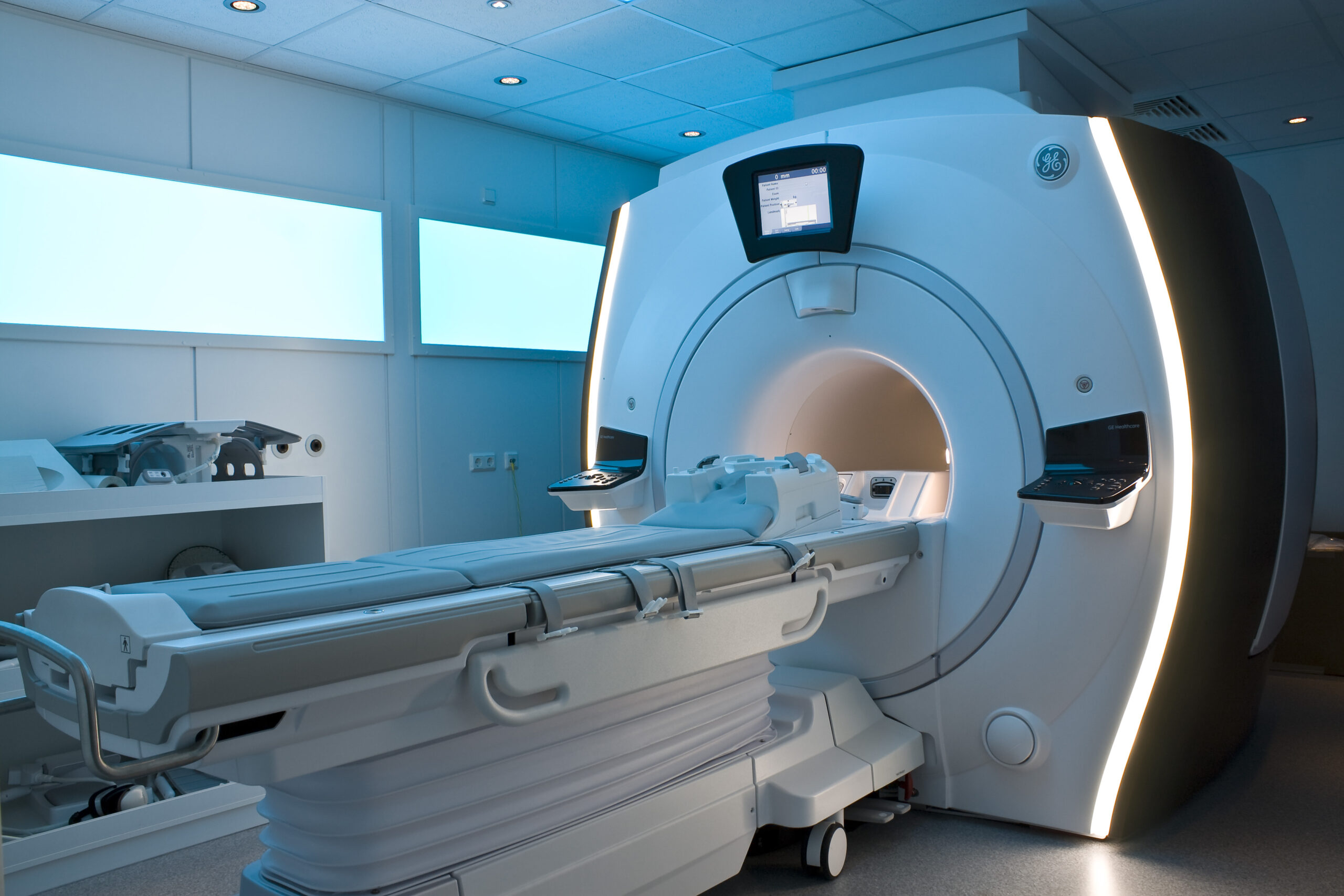The invention of Magnetic Resonance Imaging (MRI) stands as a landmark achievement in the realms of both physics and medicine, illustrating the profound interplay between theoretical exploration and practical application. Conceived from the complex principles of nuclear magnetic resonance (NMR), MRI’s journey from theoretical concept to clinical utility is a compelling narrative that encapsulates innovation driven by necessity, curiosity, and respect for biological complexity.
The germinal idea of NMR can be traced back to the 1940s, a period marked by significant advancements in quantum mechanics and atomic physics. The groundwork for discovery was laid by physicists such as Isidor Isaac Rabi, who first demonstrated that atomic nuclei behaved in a manner similar to tiny magnets, responding to external magnetic fields. Rabi’s pioneering work ultimately won him the Nobel Prize in Physics in 1944 and established a foundational understanding that would be crucial for future developments in MRI.
In the 1950s, the scientific community witnessed a shift in focus as researchers like Felix Bloch and Edward Purcell advanced the study of NMR. Independently and concurrently, they developed techniques that could measure the magnetic properties of atomic nuclei, providing an innovative way to explore molecular structures and atomic interactions without damaging the samples. The significance of this discovery became more apparent as applications in chemistry emerged, but its potential for medical imaging remained largely unrealized at this point.
By the 1970s, the path towards harnessing NMR for medical imaging was substantially paved by the contributions of Raymond Damadian, an American physician and researcher. Damadian hypothesized that malignant tumors would exhibit different NMR characteristics compared to healthy tissue. This realization, stemming from the tangible need for non-invasive cancer diagnosis, propelled him to construct the first MRI scanner, a bulky machine aptly dubbed the “Indomitable.” His scanner yielded the first images of internal body structures in 1971, setting the stage for MRI’s eventual acceptance in clinical practice.
The integration of advanced computing technology further resolved fundamental challenges associated with imaging processing. While Damadian was instrumental in the creation of early MRI technology, it was the subsequent technological finesse brought forth by others, such as Dr. John Mallard in the UK and Dr. George K. S. Hounsfield, inventor of the computed tomography (CT) scan, that would refine MRI into an essential diagnostic tool. By merging the principles of NMR with sophisticated image reconstruction algorithms, scientists optimized image quality and reduced scan times, which were among the barriers to widespread clinical adoption.
While the physical components of MRI technology were taking shape, a concurrent discourse on safety and ethics began to surface. The implementation of MRI raised questions regarding patient safety in relation to the strong magnetic fields utilized in the imaging processes. Unlike X-ray or CT technology, which imposes ionizing radiation on patients, MRI offered a safer alternative, garnering the attention of the medical community. As the ethical implications became clearer, the prospects of MRI grew more alluring, further entwining the technology’s fate with patient care and treatment methodologies.
Intrigued by the myriad implications, the medical community began to invest in the potential of MRI in the early 1980s, leading to the first widespread clinical applications. The capabilities of MRI to produce high-resolution images of soft tissues granted it superiority over traditional imaging techniques. Physicians soon discovered that MRI could not merely visualize structures but also assist in diagnosis, treatment planning, and even surgical navigation. Cases that involved the brain, spine, joints, and abdominal organs benefited particularly from the detail-oriented imaging MRI could achieve.
Nevertheless, the popularity of MRI was not without challenges. The technology’s considerable expense and operational intricacies posed obstacles for smaller health facilities. Continuous advocacy for funding and support in the medical community emphasized the indispensable role of MRI as a diagnostic tool. To navigate these challenges, collaborations emerged across disciplines, combining efforts from physicists, engineers, and healthcare professionals to advance MRI technology further.
Subsequently, the introduction of functional MRI (fMRI) opened new vistas for understanding the brain’s architecture and its varied functions by measuring brain activity related to blood flow. This innovation has since powered research in neurology, psychology, and cognitive science, showcasing MRI’s versatility beyond mere structural imaging. Today, MRI technology includes numerous modalities, each tailored to different diagnostic needs, and has become an irreplaceable facet of contemporary medical practice.
The synthesis of physics, engineering, and medicine in the evolution of MRI underscores a broader narrative of human innovation characterized by inquiry, collaboration, and a pursuit of knowledge. A profound fascination with the human body, coupled with an innate desire to alleviate suffering and advance healthcare, drove this technological marvel. The advent of MRI not only revolutionized medical imaging but also fostered a deeper understanding of the corporeal intricacies that define life itself.
In conclusion, the invention of MRI is a magnificently multifaceted story—a testament to human ingenuity and the relentless pursuit of knowledge. It beckons society to ponder the nexus of technology and humanity, reflecting on how the deviations of scientific exploration can elucidate the shadows of the unknown. As the journey of MRI continues, it serves as an enduring reminder of the dedication and creativity that underpins the quest to better understand and improve the human condition.












